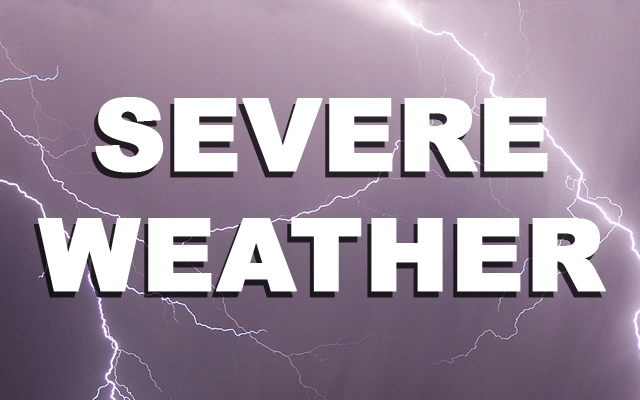Severe Weather Awareness Week

(KFOR NEWS March 22, 2021) Today (Monday) is the first day of Severe Weather Awareness Week for the state of Nebraska, which will end Friday, March 31st.
Severe Weather Awareness Week provides the National Weather Service with an opportunity to test communication systems and to get potentially lifesaving information out to the public. Now is the time for everyone to review their safety plans and prepare for the severe weather season.
The topic for today is Severe Weather Terminology.
It is important to understand the terms you may hear in a product issued by the National Weather Service.
A thunderstorm is considered severe when it produces hail one inch in diameter or larger, winds that are equal to or greater than 58 miles per hour, or a tornado.
A tornado is a violently rotating column of air which extends from a convective cloud and is in contact with the ground. The entire column of air associated with a tornado is not always visible, and may only be visible once it has picked up enough dirt and debris. A tornado can strike with little or no warning.
A flash flood is a rapid rise in water that occurs with little or no warning, and is usually the result of intense rainfall over a relatively small area in a short amount of time.
A watch (Tornado or Severe Thunderstorm) means that conditions are favorable for the development of severe weather in and close to the watch area. The size of the watch depends on the situation, and is usually issued for a duration of 4 to 8 hours. Be Prepared!
A warning (Tornado or Severe Thunderstorm) means that severe weather has either been detected by radar or reported by storm spotters. Information in the warning will include the location, the primary threat, and path of the storm. Warnings can be issued without a watch already in effect. People in the affected area should seek shelter immediately. Take Action!
Before severe weather strikes, develop a plan of action. Identify a place for you and your family to take shelter in the event of severe weather. Once you have a plan of action, conduct frequent drills to ensure everyone knows what to do at all times.
Additional information on terminology can be found at: http://www.nws.noaa.gov/om/thunderstorm/
READ MORE: Heating Bills Leaving Nebraska Residents And Towns In Shock








